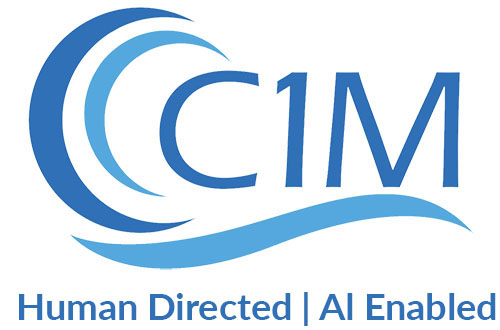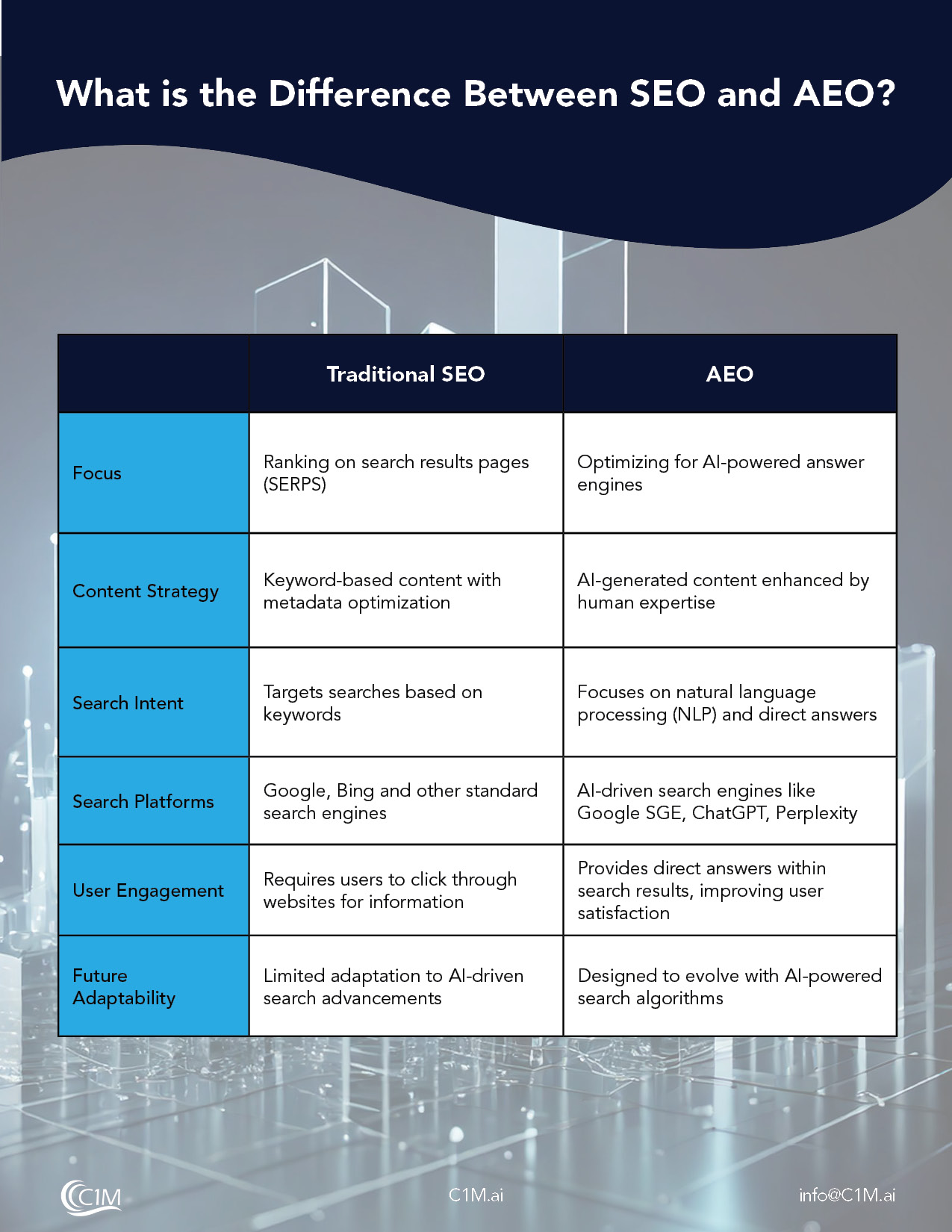
Conversational artificial intelligence (AI) is revolutionizing how companies of all sizes handle common problems and answer questions, as an AI chatbot can tackle complex conversations to create better customer interactions, regardless of user intent. Miles beyond the first waves of early chatbot technology, a conversational AI bot, and conversational AI technology replicates human language. It can be of great assistance to complex queries, which improves the customer experience.
Conversational AI is very much on the rise. There are currently more than 300,000 chatbots in operation on Facebook Messenger alone. Additionally, virtually all major corporations have some sort of AI chatbot or broad conversational AI systems to field customer queries and provide better customer service.
The reason for this skyrocketing increase in conversational AI systems is that implementing AI technology and conversational chatbots to improve user interactions and provide employee support works for everyone involved. In addition, 80% of customers who have used AI chatbots said the experience was positive. Also, 90% of businesses that used chatbots report significant improvements in the speed of complaint resolution, according to a pre-pandemic article in MIT Technology Review.
Table of Contents
What is Conversational AI?
The Components of Conversational AI
Chatbots vs Conversational AI
Conversational AI Chatbots
What are Some Examples of Conversational AI?
Advantages of Conversational AI Tools
How to Find and Use the Best Conversational AI Solutions
Understanding Conversational AI
So, what exactly is conversational AI, and what are the key advantages?
How can conversational AI chatbots or virtual agents be integrated into your operations, saving your human agents time on everything from lead generation to customer engagement?
An expert in AI-powered solutions provider like C1M can identify tailor-made answers to these questions for your unique business. With a resource like C1M, you’ll have a clear path toward utilizing conversational AI platforms and virtual assistants to improve customer satisfaction rates, customer insights, and revenue.
In the meantime, read on to uncover the fundamentals of conversational AI chatbots and conversational AI technology to understand how the latest advancements in these AI tools are transforming the customer experience.
What is Conversational AI?
Conversational artificial intelligence (AI) generally refers to technologies like AI chatbots or virtual agents, where end users can have human-like conversations, as the AI chatbot perfectly mimics a personalized conversation.
These AI chatbots or AI systems utilize huge amounts of customer data, machine learning, and natural language processing to imitate human conversations and create accurate automated responses. An AI system or AI agent can field voice or text queries from customers, recognizing language models and intent to create AI chatbot solutions that sound natural and like everyday human interactions.
The Components of Conversational AI
As noted, conversational AI combines natural language processing (NLP) with machine learning. Furthermore, these two interworking processes are the principal components that allow AI bots to converse in a natural way.
The Basics of Machine Learning
Machine Learning is effectively a sub-field of artificial intelligence based on a suite of algorithms, data sets, and features that are continually collected and processed. As more conversation history and chat history is collected (through regular human input), the AI platform or AI software continuously gets better at identifying patterns and using this “training” data to make predictions on how to respond to future chat conversations.
The Natural Language Processing
Natural language processing is the modern technological process of understanding and analyzing language with the help of machine learning that is used in conversational AI.
Natural language processing entails collecting input, analyzing this input, creating output, and reinforcement learning. In other words, natural language processing transforms data into a format that a computer can understand. Then, it is analyzed to create a natural and human-like response. Again, these AI conversations and responses improve over time. Therefore, the natural language processing capabilities of conversational AI tools are expected to grow exponentially in the future as more and more AI chatbots are implemented.
Chatbots vs Conversational AI
Chatbots and conversational AI are two terms that are often used interchangeably, but that shouldn’t necessarily be the case.
Therefore, chatbots can be a type of conversational AI, but not all chatbots are AI-powered. Some are instead rule-based chatbots that aren’t quite as complex.
Here’s a closer look at chatbots, conversational AI, and the key differences.
Basic Chatbots
While chatbots and conversational AI may seem like new technologies that sprang to life over the past few years, simple rule-based chatbots have been around for over half a century.
In the 1960s, an unprecedented and brand-new computer program named “Eliza” tried to replicate the experience of talking with a therapist. Developed at MIT, this initial program relied on keywords that could then more or less punt back to the human end user, resulting in a combination of helpful and unhelpful computer conversations.
(For example, in one notable instance, as documented in a 1966 research paper on this new technology, a user told Eliza that her boyfriend was “depressed much of the time,” and Eliza responded, “I am sorry to hear you are depressed.”)
Nearly 60 years later, rule-based chatbots operate much the same way. Also known as decision-tree, menu-based, script-based, button-based, or basic chatbots, these chatbots communicate through well-defined but unchanging and pre-set rules. Spearheaded by computer programs that define these parameters, these basic chatbots can produce predefined conversation flows, like an automated phone menu (but without an actual customer service rep if you hit “0” enough times out of frustration.)
As such, the end user generally must answer a series of questions in a non-conversational manner to get the answers they are looking for, and these basic chatbots can’t usually tackle more complex queries.
Conversational AI Chatbots
Conversational AI chatbots are light years away from Eliza and her descendants.
While both types of chatbots address a similar problem – creating a human conversational experience without human agents – conversational AI chatbots do not rely on a computer program to produce human-like responses.
Instead, conversational AI is an evolving technology where the ability to understand human language grows based on a history of human conversation, like from a website chat. As a result, these AI bots are context-aware and have an inherent intent manager that allows the AI bots to engage in human conversation without sticking to a script.
Conversational bots or conversational interfaces are used in major corporations and companies around the globe. A few common examples of AI-powered chatbots include Siri, Cortana, and Alexa. The best AI bots produce an AI conversation that is so human-like that it’s almost impossible for the end user to tell if they are chatting with a human agent or an AI chatbot. Additionally, as machine learning grows, these AI bots get better and better at replicating human agents and generating meaningful conversations.
Tip: Conversational AI versus Generative AI
Two other terms sometimes used synonymously are conversational AI and generative AI. Therefore, it’s also helpful to understand the differences between these two areas of artificial intelligence The difference between conversational AI and generative AI is that generative AI produces original content and other verbiage or content when prompted. However, the intent of conversational AI is to participate in two-way conversations.
What are Some Examples of Conversational AI?
If you recently ordered a pizza from Dominos, checked your balance with Bank of America, or asked Alexa a question, then you have already used an AI chatbot.
However, conversational AI chatbots aren’t just for billion-dollar companies, and even a small business can have its own AI chatbot and suite of AI solutions that utilize natural language processing and machine learning to provide human-like customer support.
A few examples of how AI chatbots are used in different industries include the following.
Conversational AI for Healthcare
Conversational AI can perform many routines and even more complex tasks in the healthcare arena. On a basic level, AI chatbots can help schedule appointments, field invoice payments, and claims, and even assist with prescription refills. On a deeper level, AI chatbots can help with patient support and treatment by answering more detailed questions about medications, side effects, treatments, and other queries that create better and more personalized patient support.
Conversational AI for Sales
Regardless of the specific product or service, conversational AI or AI chatbots are an excellent fit for enhancing sales by answering common questions like the price of an item, when a product will ship, or scheduling a service. Again, these AI chatbots can go even deeper, providing personalized assistance to current and future customers with detailed information on product or service specifics or promotional offers that align with their requests. (They’re also great for “upsells” and “add-ons,” which can boost your sales across the board.)
Conversational AI for Financial institutions
Like other industries, a conversational bot can delve deeper into customer service queries by providing end-user specific answers to complex questions about personal finances. This can include the basics, like information from bank statements or when a mortgage payment is due. Furthermore, it can also provide real-time information on interest rates, recent transactions (or transaction disputes), and other financial data that is ever-changing and is typically fielded by human agents.
Conversational AI for Marketing
Conversational AI isn’t strictly used for AI chatbots that can provide customer support. In fact, natural language processing-based conversational AI can be an incredibly useful tool for shaping and launching marketing initiatives, such as email marketing campaigns. With conversational AI, marketing teams can create personalized campaigns that study and utilize a customer’s distinctive behaviors, allowing emails to be triggered and sent when a customer is most likely to take specific actions.
Advantages of Conversational AI Tools
There is a far-reaching range of benefits to harnessing the natural language-understanding power of conversational AI into your business, and a sample of these advantages includes the following.
Saves Time
Imagine how much you could accomplish if you could streamline your customer service queries without sacrificing the quality of the customer experience. An AI chatbot (or AI bot) can do exactly that.
Increases the Availability of Customer Service
With an AI chatbot, customers and potential customers can ask questions whenever it is convenient for them – not during your regular business hours. An AI chatbot operates 24/7 and is always available. Therefore, this means that customer service is enhanced with an AI bot simply because the AI chatbot is a constant resource.
Can Help Improve Revenue
The best AI tools not only answer questions but are aimed at increasing customer engagement as well. With an AI chatbot, your customers can have their questions about products and services answered. Still, the AI chatbot can also recommend upgrades and add-ons or additional purchases that lead to increased revenue.
Can Remove Language Barriers
An AI chatbot doesn’t just operate in one human language. In addition, an AI bot can field queries across borders, making your company global.
Doesn’t Care About Your Customers’ Spelling and Grammar
If you’ve ever used a rule-based chatbot in a hurry, you may have noticed that the answer was unhelpful if your question wasn’t worded correctly. An AI bot is smart enough to understand that humans make spelling and grammatical mistakes and make them often.
Provides Valuable Customer Insight
Keep in mind that your AI chatbot is constantly collecting data. Every time an AI chatbot converses with a human end user, the AI bot gathers information. This collection of human conversations can provide valuable insight into your customers and help you make informed decisions on how to market, enhance, and grow your business.
Simply put, an AI chatbot isn’t just for answering questions. An AI chatbot serves as the frontlines to valuable information on your customers’ needs, desires, and pain points.
How to Find and Use the Best Conversational AI solutions
Do a Google search for “AI chatbot” or “Conversational AI tools,” and you’ll be flooded with results.
As the use of conversational AI skyrockets, so do the number of tools and options for businesses that want to take advantage of the many benefits that conversational AI technology can offer.
However, not all AI bots are created equal. There can be significant security risks if you implement the wrong AI technology (especially if you are in an industry that regularly deals with sensitive data like healthcare or finances), as well as a massive learning curve or a simplified version that doesn’t have all the top features and conveniences that modern Conversational AI should offer in abundance.
Start Using Conversational AI in Your Business with the AI Experts at C1M
At C1M, we can help you incorporate AI into every aspect of your business, from enlisting an AI chatbot to field questions and save hours to using AI tools to generate SEO-friendly content, improve social media, create in-depth marketing campaigns, and generally enhance your business, and your brand loyalty.
The best way to utilize and implement conversational AI is to have an expert resource that can take the reins when it comes to launching your own AI chatbot or other AI-correlated solutions. C1M is the foremost expert on conversational AI. We are constantly tracking the latest advancements and developments to ensure our clients have the best AI tools available.
Connect with us today to start the conversation. Discover how we can help. With C1M, you can be at the forefront of Conversational AI technology, now and well into the future.









